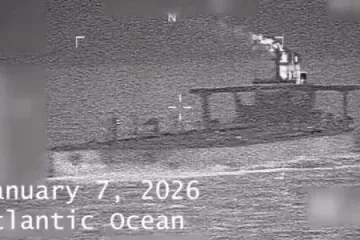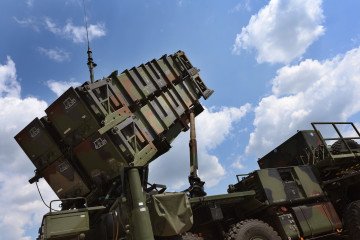- Category
- Latest news
Russia Uses Western Parts to Build Its Supposed Rival to the F-22 Fighter Jets, the Su-57
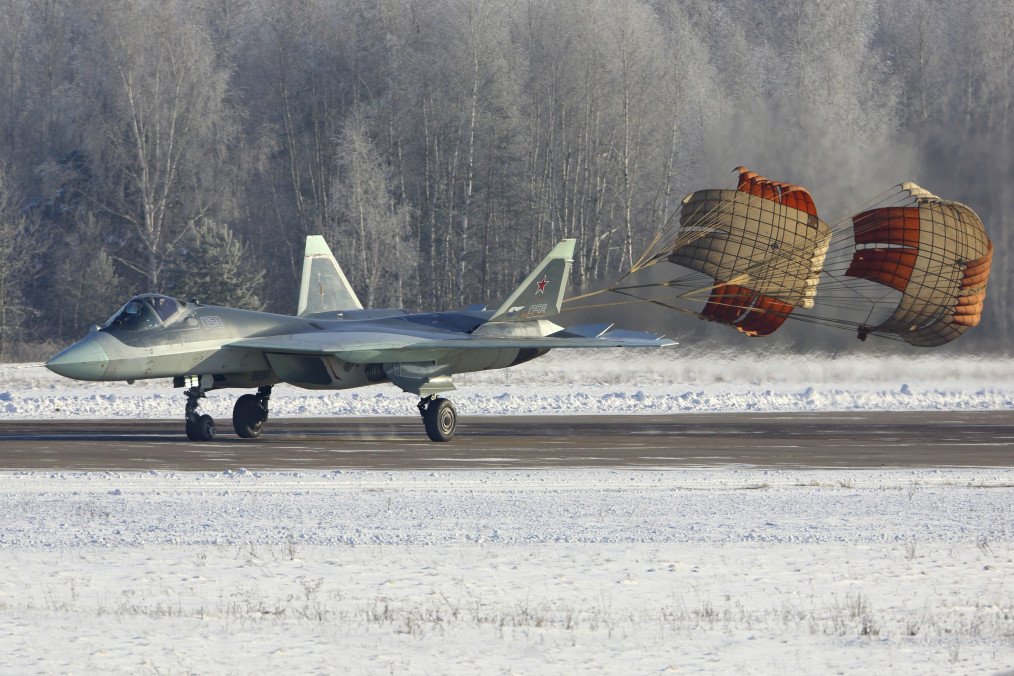
OSINT researchers from Frontelligence Insight have revealed how Russia continues to bypass Western sanctions to produce its Su-57 fighter jets, which are claimed to compete with the American F-22 and F-35. The investigation exposed procurement schemes for high-tech equipment crucial for creating key components of these fifth-generation aircraft.
Specifically, for the production of the Su-57 jets, Russian companies utilized dual-purpose goods that are formally available on the civilian market. One such company, Mikropribor, sought to acquire equipment for automated workstations used for calibrating and testing MPPU-50 devices, which are employed in satellite communication and radar systems. This allows the Russian defense industry to maintain production even under strict sanctions.
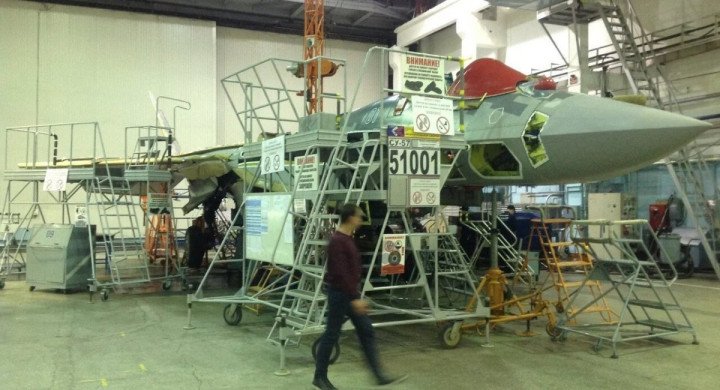
The researchers also noted that in July 2022, just a few months after Russia’s full-scale invasion of Ukraine, the country signed a contract for the supply of a Siemens KLE 360 machine — a high-precision German CNC (computer numerical control) machine. This underscores the dependence of the Russian military-industrial complex on Western technologies, despite its claims of independence and self-sufficiency.
Although the Su-57 has been presented as a flying unparalleled aircraft, capable of competing with the American F-22 and F-35, leaks suggest that Russia is forced to seek ways around sanctions to achieve the claimed performance. The use of Western components casts doubt on Russia’s ability to fully independently produce modern fifth-generation fighter jets.
The documents collected in the investigation cover the past two years, showing that Russia does not always succeed in “covering its tracks” when making these sanction-evasive purchases. With limited human and resource capacity, Russian companies are forced to prioritize and conceal only the most critical operations.

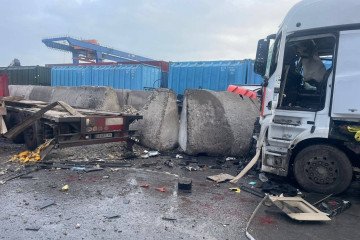
-72b63a4e0c8c475ad81fe3eed3f63729.jpeg)
